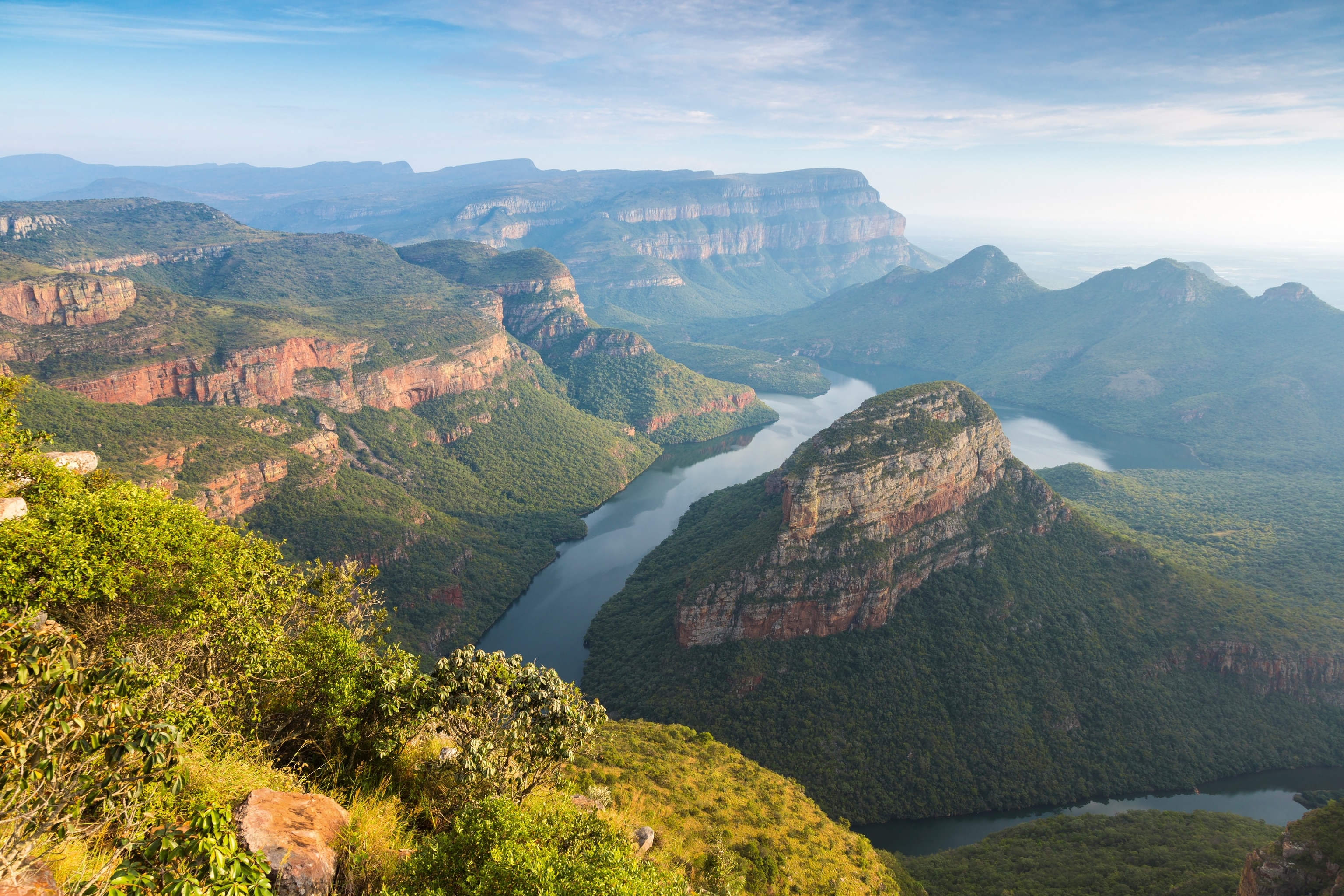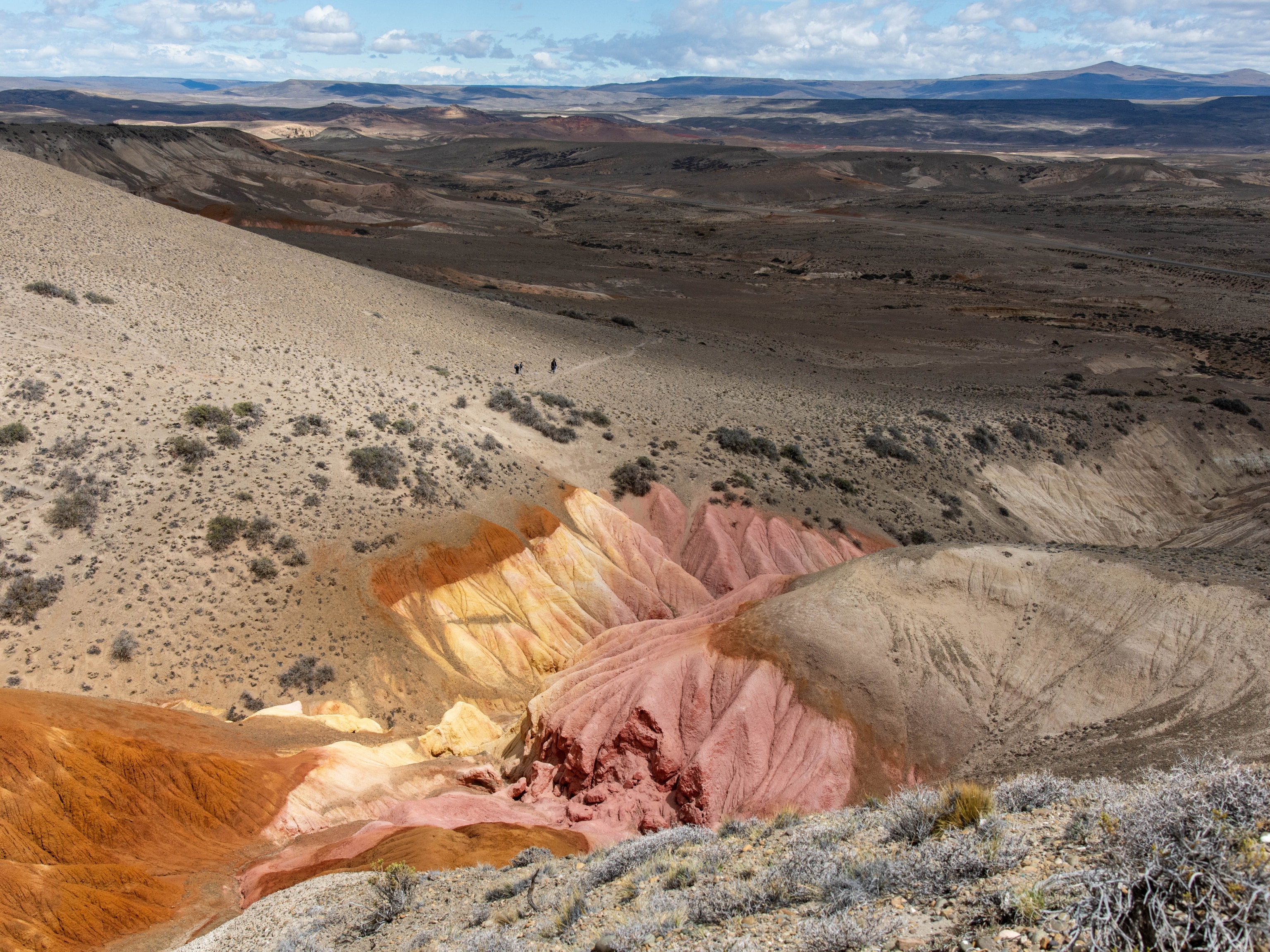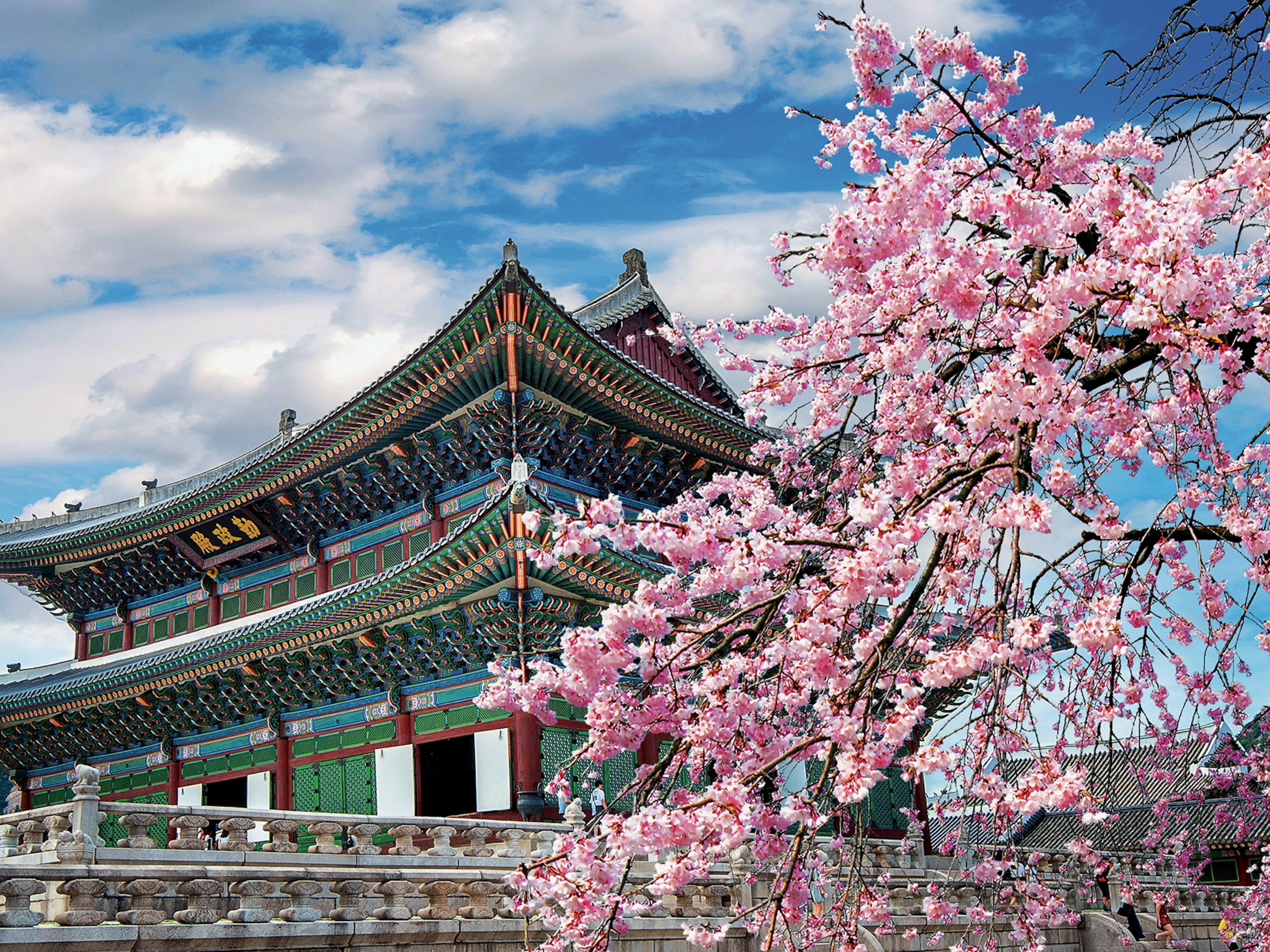
6 natural wonders you have to see in South Africa — and when to go
The varied landscapes of South Africa play host to an extraordinary variety of seasonal natural phenomena.
Many come to South Africa to experience the wonder of its Big Five wildlife on a traditional safari – but the country has many more natural phenomena to witness, from the clearest night skies over the Kalahari Desert to the spectacle of the annual sardine run up the east coast.
1. The Sardine Run
You don’t need wildebeest for a great migration. The annual movement of billions of sardines up the country’s east coast, South Africa’s sardine run is among the planet’s most impressive natural events. Swimming north towards the warmer waters off KwaZulu-Natal, the huge school of fish draws predators in numbers. Pods of dolphins twist hungrily among the sardines, grabbing what they can; squadrons of Cape gannets dive-bomb into the action from the skies; sharks and whales swim open-jawed through the shoals. The migration usually takes place between early June and late July, and numerous operators can take you out on the water for a chance to witness the spectacle first-hand.
2. Turtles at Sodwana Bay
It’s a cycle that dates back to prehistory. Between November and January each year, female loggerhead and leatherback turtles emerge from the Indian Ocean to heave themselves up the beaches of Sodwana Bay and deposit their eggs in the sand. Around 60 days later, tiny hatchlings crawl out into the night air, flip-flapping their way down to the shore.
Sodwana Bay stretches along the northern part of the KwaZulu-Natal coast, backed by dunes and dense forest. It’s primarily renowned as a scuba-diving site, but the chance to see its nesting sea turtles is as good a reason to come calling. Tours to see them in the sand are on foot, usually beginning at sunset, and can last from two to four hours. kosi.co.za
3. Desert bloom in Namaqualand
Think of a desert, and what do you see? Probably not a saffron-coloured spread of flower-carpeted shrublands, but that’s exactly what appears each year in the arid surrounds of Namaqualand in the Northern Cape.
The star of the show is a vibrant orange wildflower known as the Namaqualand daisy, which blankets the remote Namaqua National Park. Smaller blooms of purple, yellow, pink and blue wildflowers add to the floral extravaganza, which in turn draws butterflies, bees and other pollinators in droves. The key period for seeing the flowers is between early August and late September, during the Southern Hemisphere spring. Demand for local accommodation is generally high, so book well ahead.

4. Night sky in the Kalahari
Since 2019, the !Ae!Hai Kalahari Heritage Park has been designated as an International Dark Sky Sanctuary, the only one of its kind in Africa. Sitting close to the borders of both Namibia and Botswana, and benefiting from precious little light pollution, it offers world-class stargazing. This is especially true in the dry season, between May and October, when the skies are at their clearest and the constellations at their brightest.
The park covers some 193sq miles, which brings a wonderful sense of isolation, and the community-run !Xaus Lodge makes for a memorable place to stay. If you time your visit to coincide with a new moon, when the star-specked dark skies are at their most vivid, then so much the better.
5. Whales in Hermanus
When it comes to land-based whale-watching, few places worldwide can rival Hermanus. The coastal town sits on a headland in the Western Cape, where its low cliffs grant prime views across Walker Bay and the Atlantic Ocean beyond. It’s scenic at any time, but in the latter half of each year, particularly between August and October, the area is frequented by huge, 50-ton southern right whales.
The Hermanus Whale Festival takes place in late September, a sociable event with street parades and more. If whale sightings are the priority, though, coming at a quieter time can reap rewards, with fewer crowds. The town is close enough to Cape Town to work as a day trip, although wineries and walking trails give good reasons to linger.
6. Waterfalls in full flow
South Africa has some seriously impressive waterfalls. The towering 3,225ft Tugela Falls in the Drakensberg mountains are the highest, but there are beautiful cascades elsewhere. You’ll find a number of them in and around Blyde River Canyon, a deep, verdant gorge stretching for over 15 miles.
At 300ft, the Lisbon Falls are a highlight. The canyon sits in the small, mountainous province of Mpumalanga, which draws most of its rainfall between November and January. Visit near the start of the year to see the falls in full flow. Following the 99-mile-long Panorama Route, a classic road trip that traverses the province from north to south, you’ll encounter them along the way.
To subscribe to National Geographic Traveller (UK) magazine click here. (Available in select countries only).





